Discover fascinating facts about these mysterious, intelligent and beautiful animals.
Cetaceans – whales, dolphins, and porpoises – are found throughout the world’s oceans, with 90 species worldwide and over 30 species in Canadian waters. We continue to be drawn to these mysterious, intelligent animals who live in cold marine waters – an environment so different from our own. At CWF, we love cetaceans and want to celebrate these captivating animals by sharing some amazing little-known facts about them!
1. Cetaceans evolved from terrestrial (land) mammals!
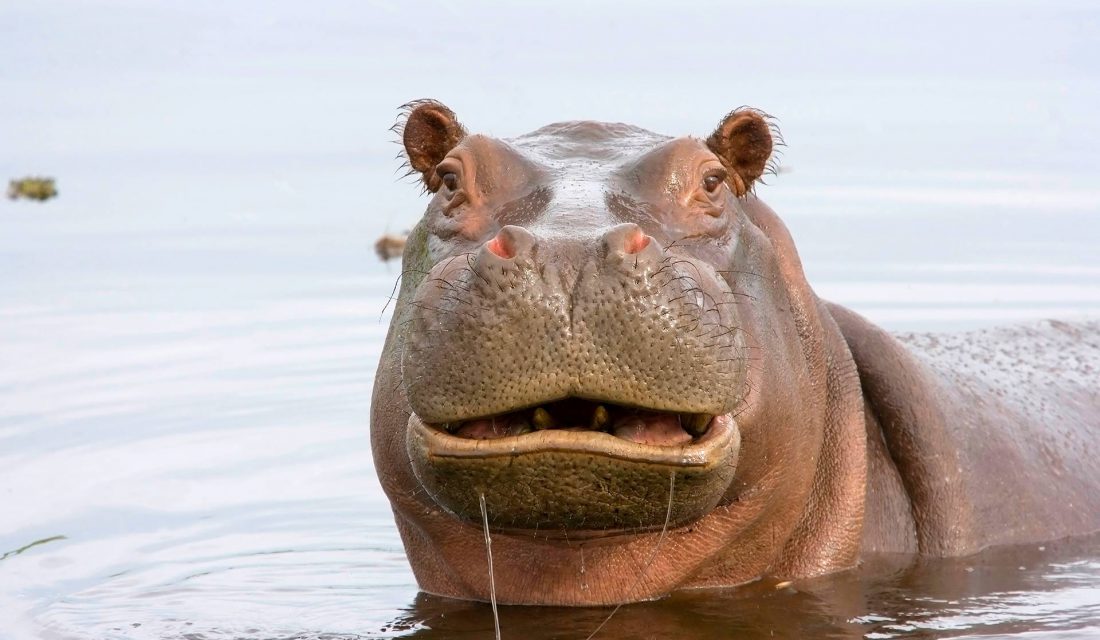 Their ancestors were ungulates (e.g., cows, pigs) that adapted to foraging in marine water. In fact, the closest living relative of cetaceans is the hippopotamus!
Their ancestors were ungulates (e.g., cows, pigs) that adapted to foraging in marine water. In fact, the closest living relative of cetaceans is the hippopotamus!
2. Since cetaceans are mammals, they breathe air.
 They are also known as conscious breathers – this means they actively decide when to take a breath, unlike humans who are involuntary breathers. But how do they sleep if they need to consciously breathe? Cetaceans can “shut down” one side of their brain at a time, resting at the surface, while the other half of the brain is alert to keep them breathing. They will rest for just a few hours at a time and switch between the two sides of their brain.
They are also known as conscious breathers – this means they actively decide when to take a breath, unlike humans who are involuntary breathers. But how do they sleep if they need to consciously breathe? Cetaceans can “shut down” one side of their brain at a time, resting at the surface, while the other half of the brain is alert to keep them breathing. They will rest for just a few hours at a time and switch between the two sides of their brain.
3. Whales are the largest animals to have ever lived – even larger than any dinosaur!
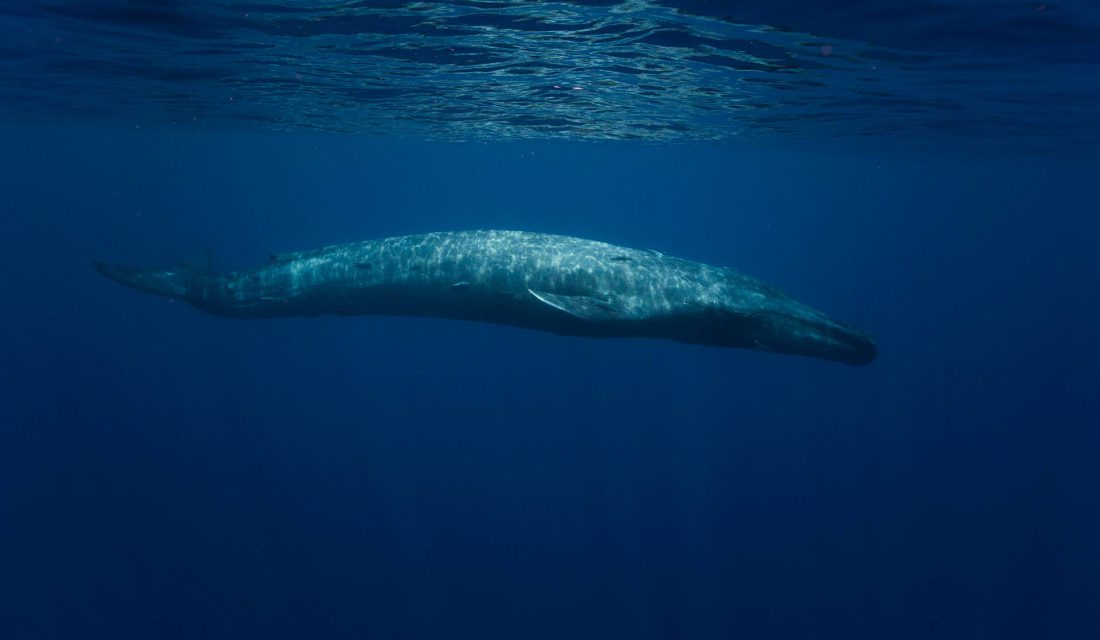 Blue whales are the largest animals on the planet; they are as long as three back-to-back school buses and have a heart the size of a small car.
Blue whales are the largest animals on the planet; they are as long as three back-to-back school buses and have a heart the size of a small car.
4. There are two types of cetaceans.
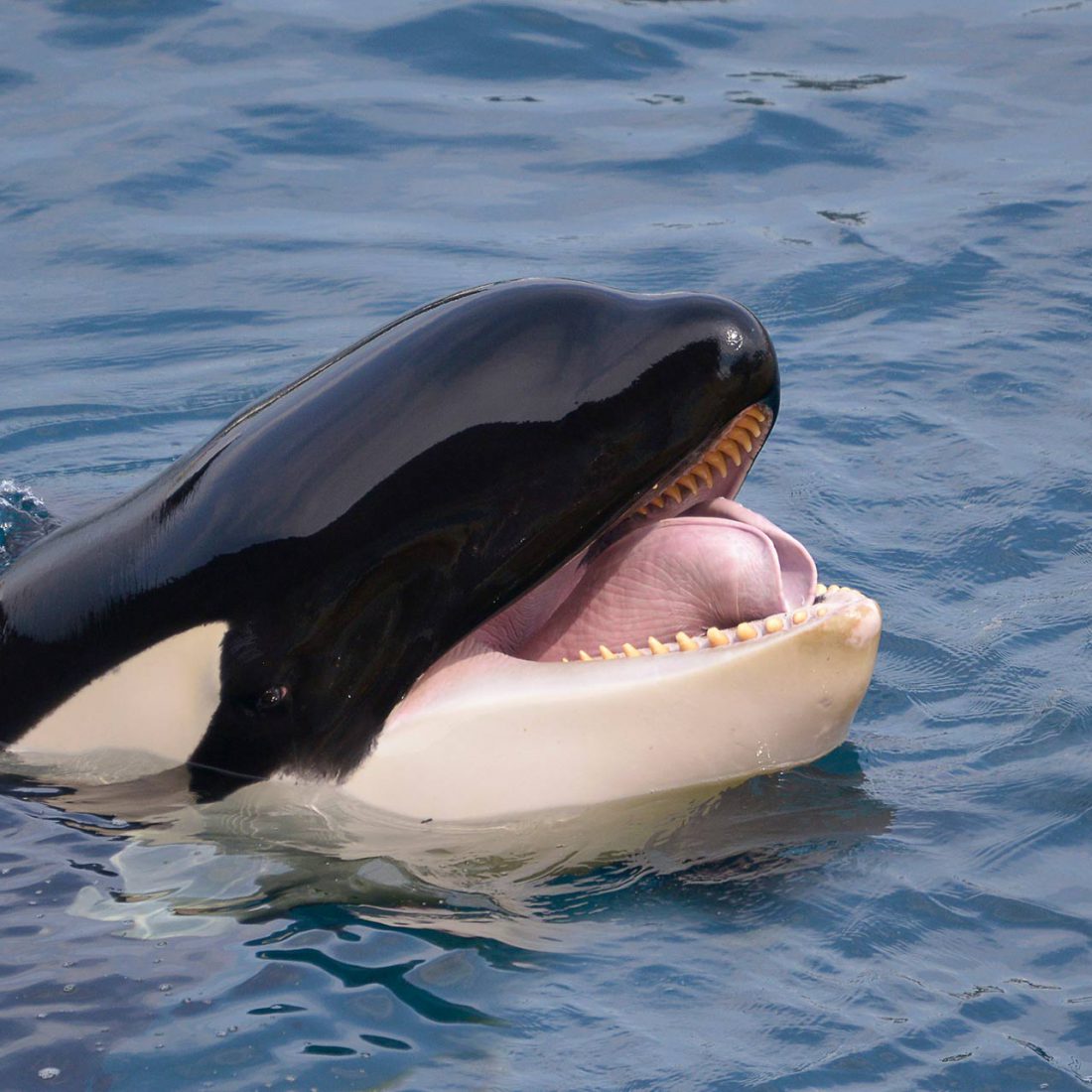
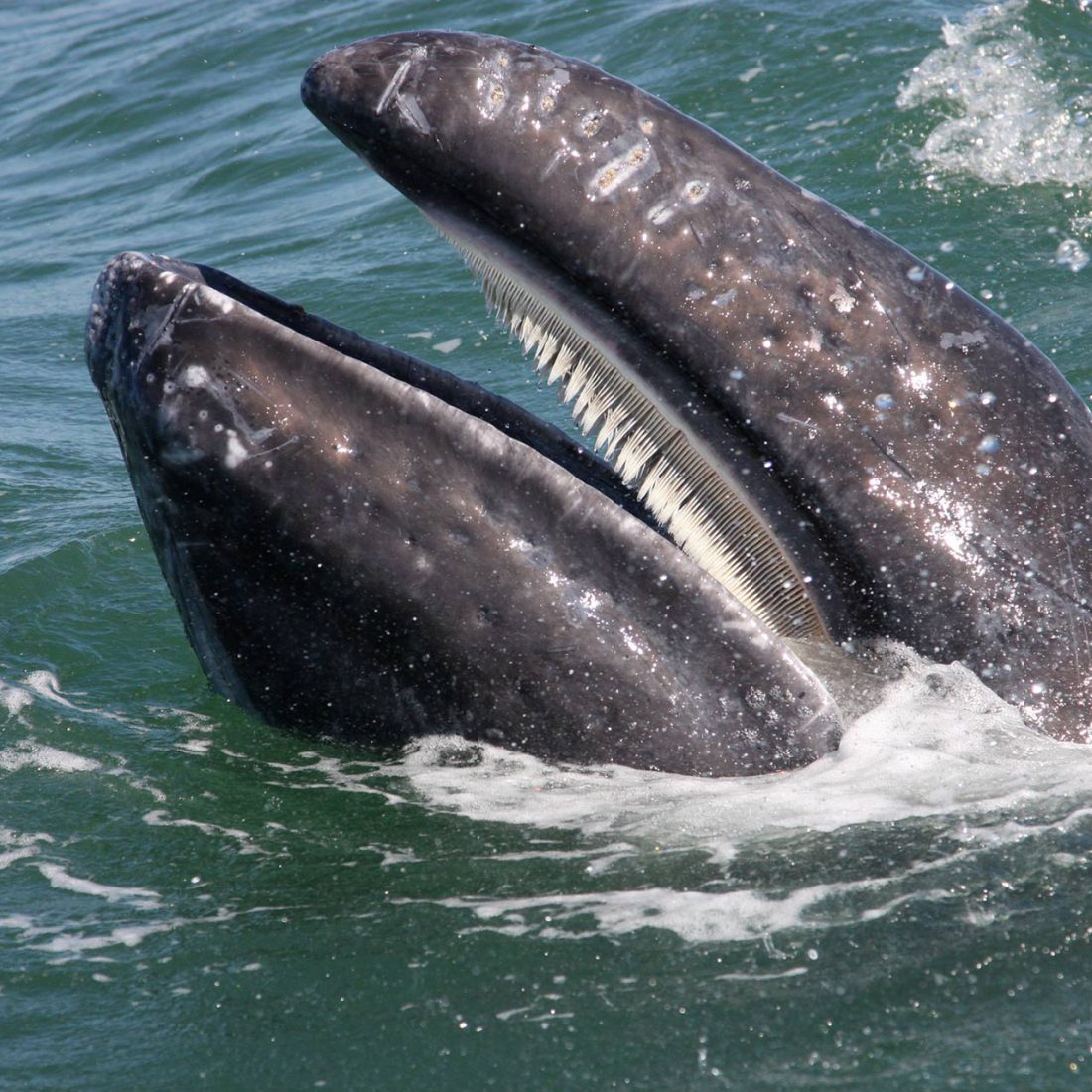
The two types are toothed whales, which includes dolphins, beluga whales and narwhals; and the larger baleen whales, such as humpback and North Atlantic right whales. Toothed whales, as the name suggests, have teeth – but they don’t use them for chewing! Instead, they use them to grab large prey, such as salmon, and then swallow it whole. Baleen whales, on the other hand, have baleen plates. Baleen is made of keratin (just like your fingernails), which acts as a sieve when a whale takes a big gulp of water, then pushes it out through the baleen, catching tiny prey.
5. Whales have the longest migrations of any mammal!
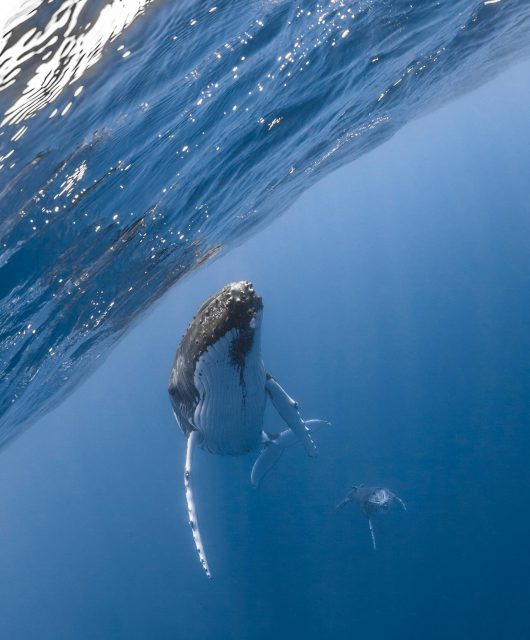 For example, humpback whales can travel over 10,000 kilometres every year between their feeding and birthing grounds!
For example, humpback whales can travel over 10,000 kilometres every year between their feeding and birthing grounds!
6. Cetaceans have unique cultures.
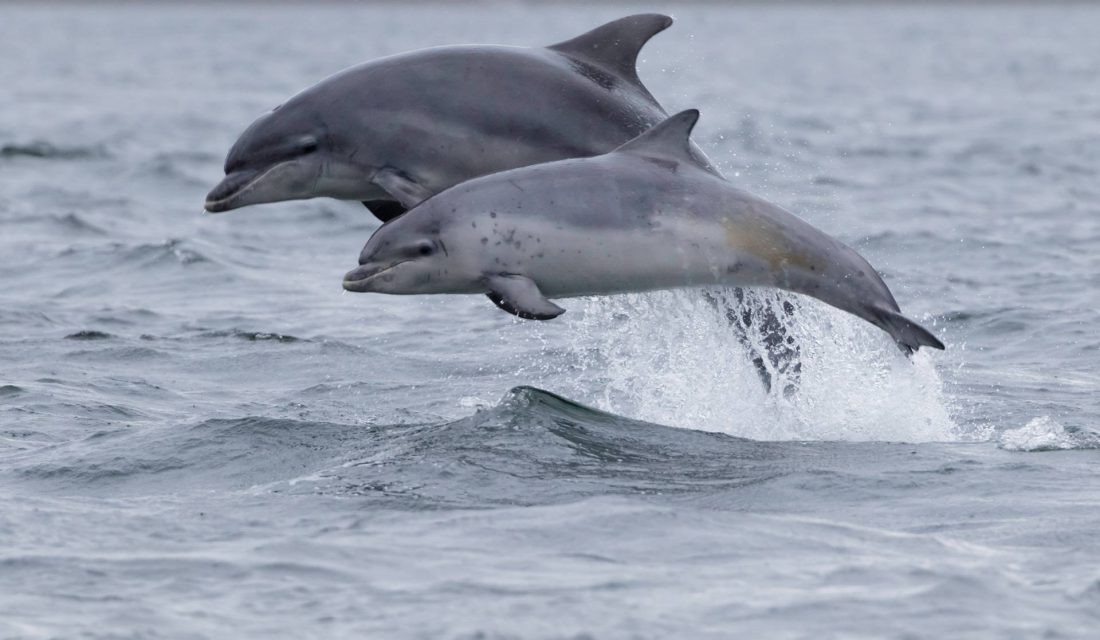 Culture – shared values and behaviours passed from generation to generation – is often thought of as a human experience. But researchers have discovered evidence of culture in many cetacean species, ranging from complex social structures and communication, to learned behaviours. There are many examples, such as humpback whale songs and bottlenose dolphins using sea sponges as foraging tools.
Culture – shared values and behaviours passed from generation to generation – is often thought of as a human experience. But researchers have discovered evidence of culture in many cetacean species, ranging from complex social structures and communication, to learned behaviours. There are many examples, such as humpback whale songs and bottlenose dolphins using sea sponges as foraging tools.
7. Not all cetaceans live in groups, or pods.
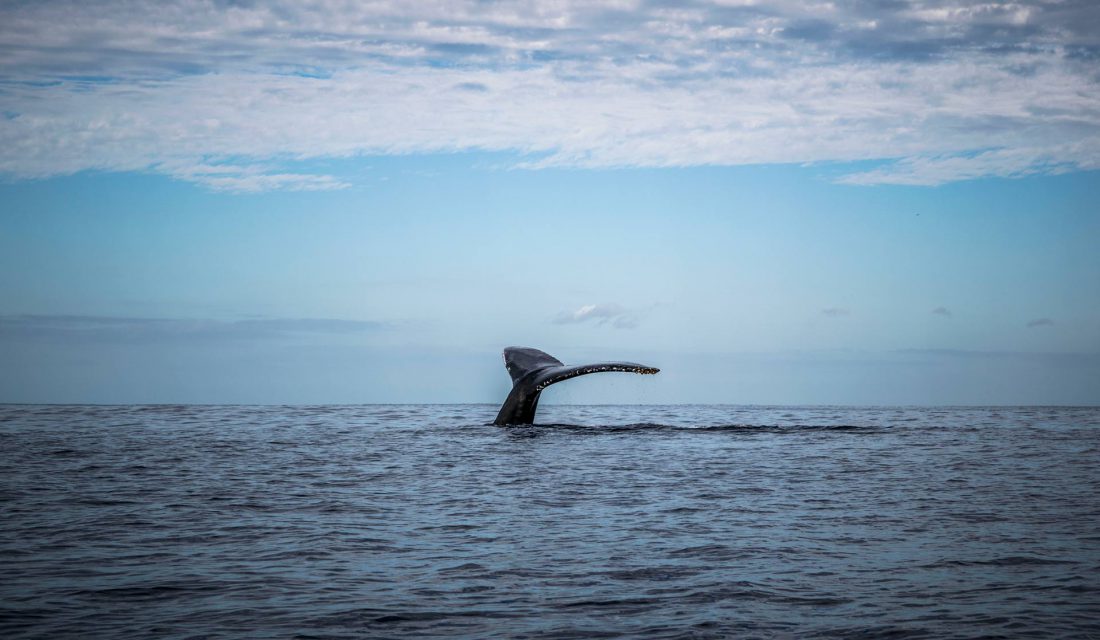
We often hear about “pods” of whales, but this isn’t always the correct term. A pod refers to a family group of related animals. This is the common grouping of toothed whales, such as resident Killer Whales who live in matriarchal family groups. However, large whales are often solitary and typically travel alone or in loose groups, congregating in foraging grounds or for breeding.
8. Sound and communication are incredibly important to life in the ocean!

Cetaceans use sound to navigate the ocean, find food and communicate with one another. In fact, some groups of cetaceans have different dialects, and some even have a series of clicks and whistles unique to each individual. This can be thought of as their name, which they use to identify themselves to others!
9. Cetaceans play an important role in the food web by keeping the ocean ecosystem balanced and healthy.
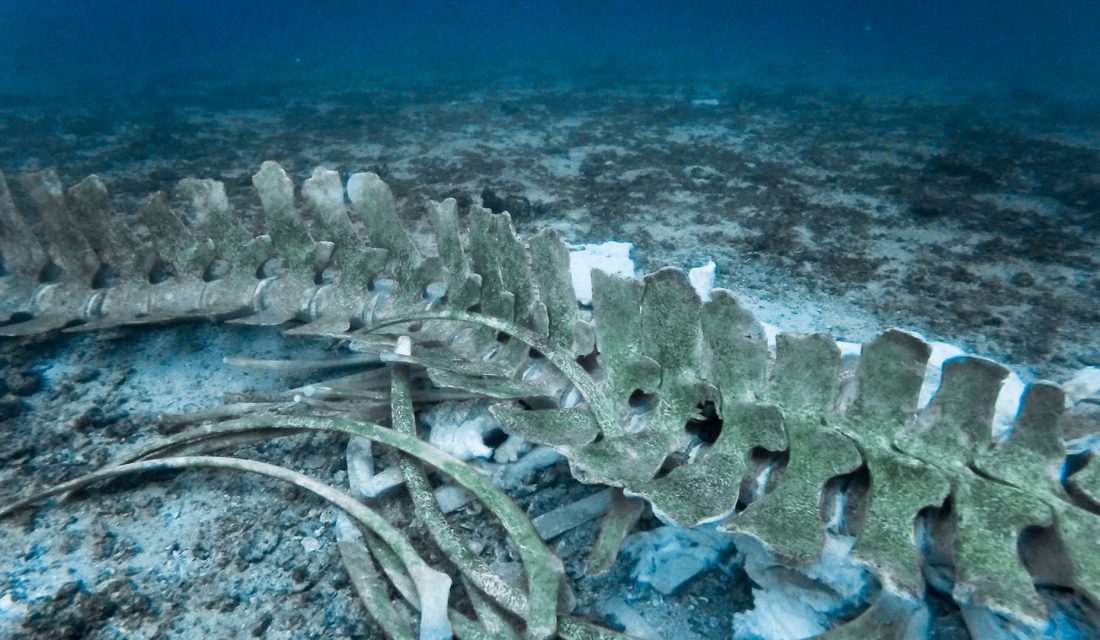
As predators, they eat large amounts of prey – for example, blue whales can eat up to 4 tonnes of krill a day! This helps keep populations in balance, as too much or too little of a species can impact the whole ecosystem. As prey, cetaceans can be a food source for other predators (such as Killer Whales) or for deep sea creatures. When a whale dies, its body often sinks, called a whale fall, and its carcass becomes a nutrient-rich food source for deep-sea organisms.
10. Whales help to reduce climate change.
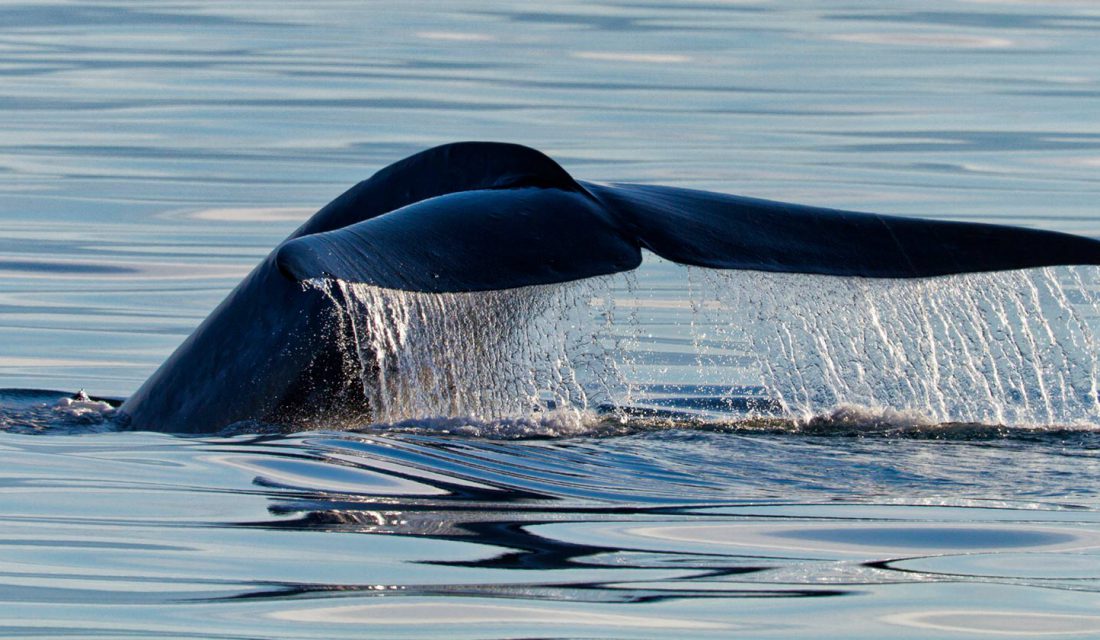
How? With their poop! As whales swim long distances through the ocean, diving deep down and then resurfacing, they mix nutrients in the ocean, with their poop acting as a fertilizer for phytoplankton. Phytoplankton are tiny plants in the ocean that pull carbon from the atmosphere while producing oxygen. In fact, phytoplankton produce 50 to 85 per cent of the oxygen we breathe, meaning every breath we take contains oxygen produced by the ocean!
Unfortunately, many cetaceans are threatened or endangered around the world. With a growing human population, industrialization of our oceans is also increasing. With more commercial fishing, shipping, and oil and gas exploration than ever, threats to cetaceans are increasing as well. Find out more about what we are doing to help conserve these remarkable animals and what you can do to help!
Learn more about CWF’s work with our Coasts & Oceans.



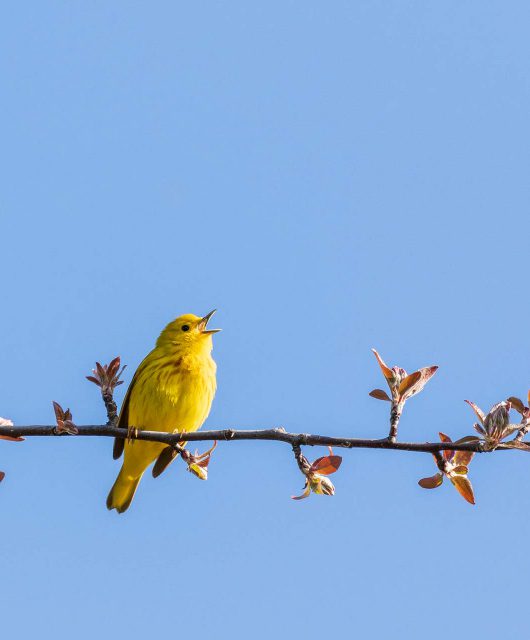
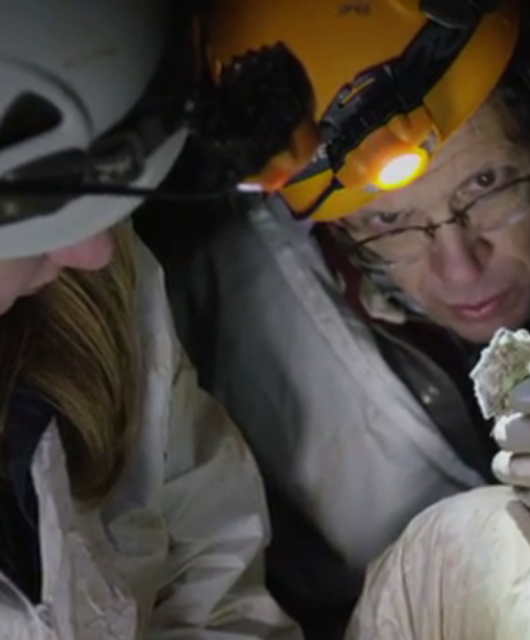
13 comments
Your pictures and comment about Whale was very interesting
I’ve learned a lot about whales after reading your article. It was very interesting.
A wonderful article about fascinating creatures!
I hear stories of whales can be badly injured or killed by vessels, especially the St. Lawrence Seaway. What is being done to educate and train those who work on the ships to be miagniificent m
It would seem to me that the schedule of a large ocean going ship could be outfitted with sonar in order to steer clear of these magnificent animals. Is there information that could be published regarding the hazards and what is being done to protects the maiming of whales??
Hi Carol
You are correct, we have been researching vessel strikes as well as other ways our marine animals can be injured in our oceans and rivers. You can learn more about this work here: https://www.cwf-fcf.org/en/explore/right-whale/
There are several actions were are taking on this very important issue, but many of the results need to come from governmental decisions. This is why we are currently encouraging people to add their thoughts to the open comment period for the DFO’s action plan, which closes Aug. 9, 2020: https://rightwhaletosave.org/en/
Also, we will be starting a petition August 4. You can sign up now to get the information and chance to voice your opinion starting August 4, 2020: http://MarineActionPlan.org
The most interesting part of your article is where you mentioned that whales are conscious breathers, unlike humans. I can only imagine how amazing that is and would like to see it in person. Maybe I should look for whale watching tours available near me and see their wonders myself.
Interesting article indeed
good article and explanation.
interesting fact on whales, i want.
When I grow up I want to protect the marine life.
I have learnt so much about Whales
We’re so glad! You can learn even more at our site http://MarineActionPlan.org or check out or encyclopedia of whales.
Am still shocked on the facts about the whale, especially it’s size. My son made me google about them coz I thought a whale is just the same size as a shark, he laughed at me….. Now I know why he laughed at me… It’s unbelievable how big this creature is and would love to see it in person….